Major General
George G. Meade's
Masonic
Walking Stick
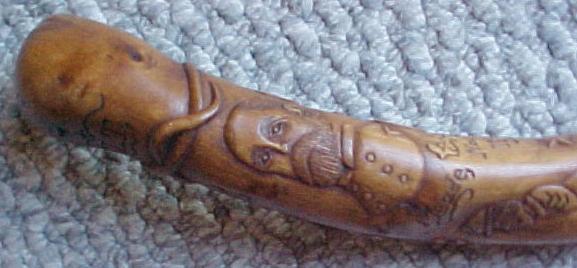
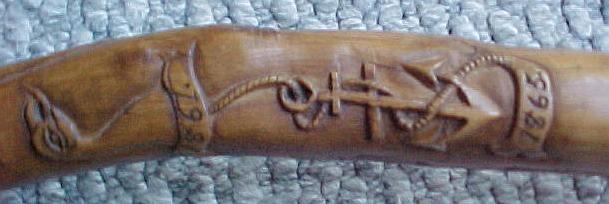
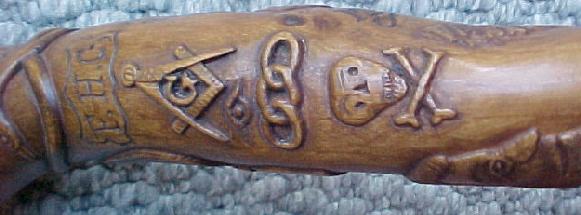

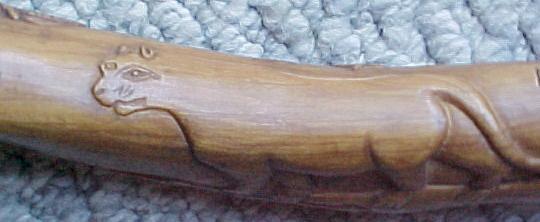
Union General /
Commanded Army of the Potomac at Battle of Gettysburg, July 1-3, 1863, and in
campaign culminating in Lee's surrender at Appomattox Court House, April 9-12,
1865
Graduating from
West Point in 1835, George Gordon Meade resolved to end his military career as
soon as he could, in favor of more scholarly pursuits. Twenty-eight
years later, he was extolled by the U.S. Congress for his "skill and
heroic valor" as the victorious commander of the Union forces at
Gettysburg, regarded by most historians as the pivotal battle of the Civil
War.
Meade was born
in Cadiz, Spain (1815), where his father was a naval agent for the U.S.
The family returned to America while George was still a boy. A year
after graduating from West Point, he resigned his commission to begin a career
as a civil engineer. In 1842, however, he returned to the Army.
For the next 19 years, Meade served with the U.S. Army Topographical
Engineers, seeing action in the Mexican War under General Winfield
Scott. At the start of the Civil War he was given command of a brigade
of Pennsylvania volunteers. In the opening years of the war, two battles
were of particular significance in his rise to prominence: Glendale
during the Peninsular Campaign, where he continued to rally his troops despite
being badly wounded in the side and arm; and Chancellorsville, where he
strongly, but futilely, urged General Joseph T. Hooker to exploit his
advantage with aggressive action. In the opinion of many other officers,
Hooker would have probably won the day if he had followed Meade's advice.
Five weeks
after Chancellorsville, as he led his troops northward, warily shadowing the
army of Gen. Robert E. Lee, Meade received a letter from President Abraham
Lincoln naming him commander of the Army of the Potomac, replacing General
Hooker. Just five days later the fateful battle of Gettysburg
began. Though President Lincoln was bitterly disappointed when Meade let
Lee's battered army escape across the Potomac River, he later praised Meade as
a "brave and skillful officer" and kept him in command of the Army
of the Potomac. Under Ulysses S. Grant's overall supervision, Meade led
his forces in the 1864-65 campaign that ended with Lee's surrender at
Appomattox Court House, April 9-12, 1865.
After the War
Meade, a Major General, headed various military departments, spending a
troubled year (1868-69) in Atlanta administering reconstruction
policies. He died at Philadelphia in 1872.
His walking
stick above depicts the dates of the Gettysburg battle that made him
famous. It also pictures the three interlocking rings of an Odd Fellow
which means he was numbered among their membership as well. He also
bears a strong resemblance to the carving on his cane with the portrait of him
below:
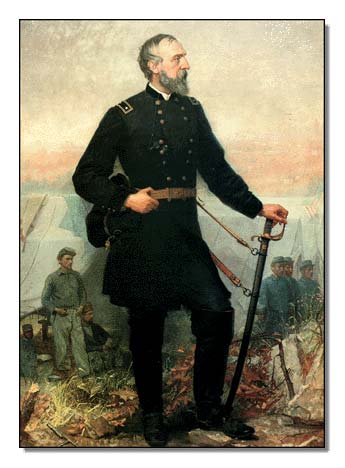
A special
"Thanks" from Brother Al Lohman, a 30 year collector and 30+ year
Masonic Lodge member from Wisconsin. Al trades on eBay under the User ID
"lochlohman"

